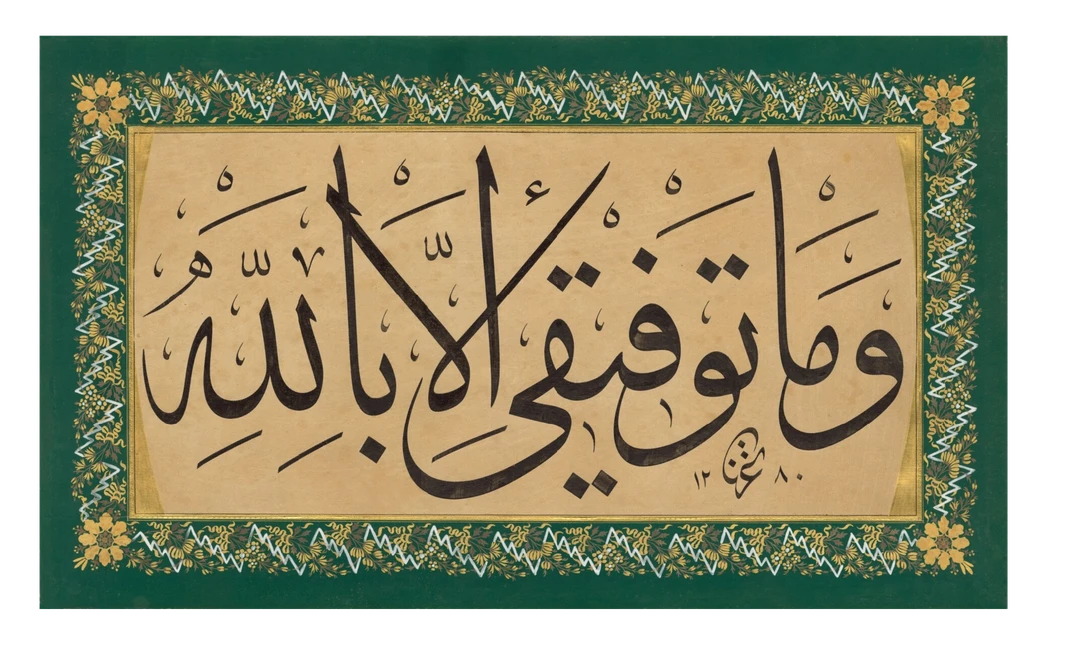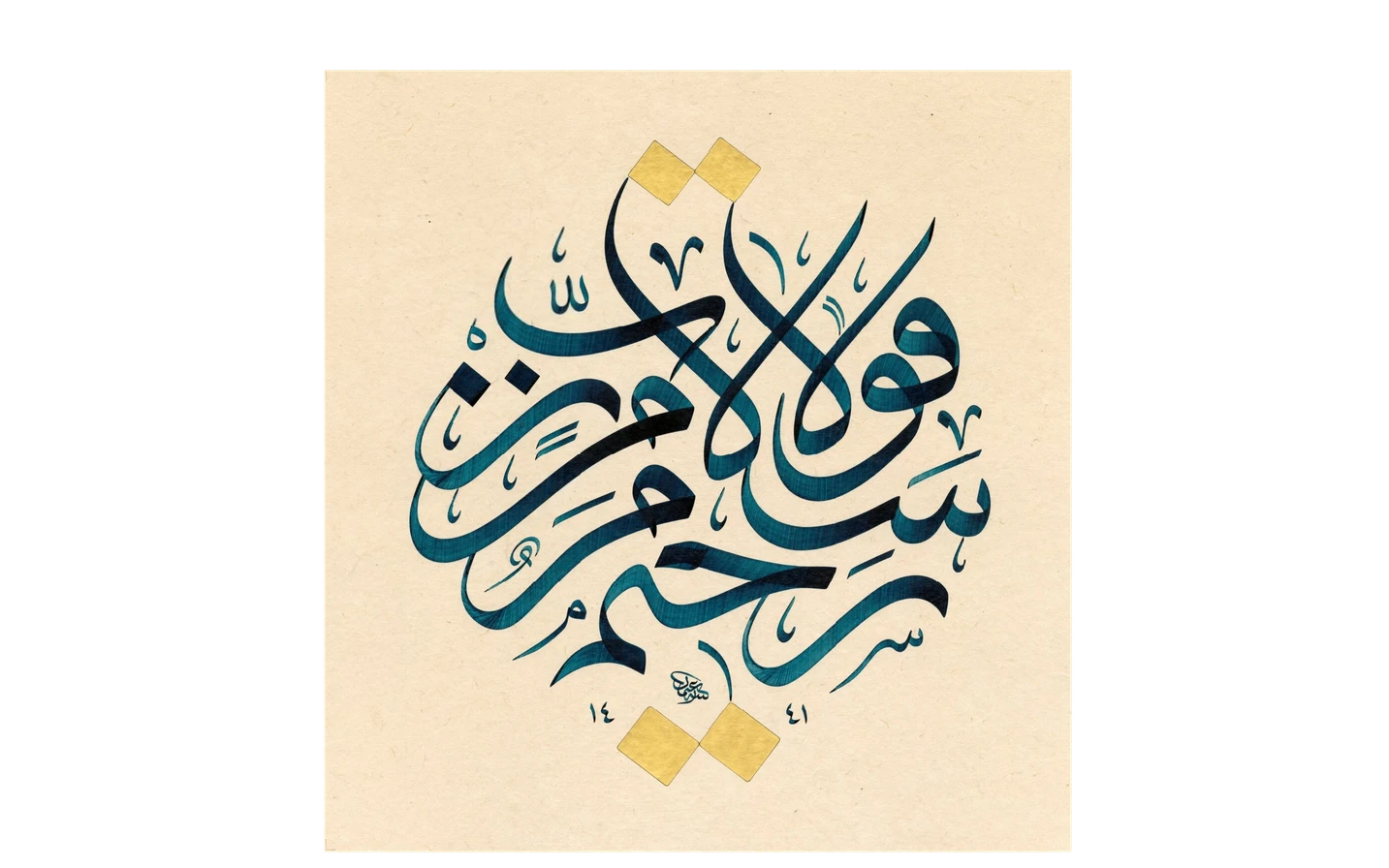Lines of Destiny: The Immaculate Beauty of the Arabic Alphabet
Lines of Destiny
The Arabic alphabet is a fascinating script with a rich history and a unique structure that has captivated scholars, artists, and linguists for centuries. Long has Arabic enchanted people with the ebb and flow of its peerless scripts adorning books, walls, and even hearts. The Arabic alphabet has inspired countless masterpieces with its flowing calligraphy and elegant curves throughout the arena of time. This article delves into the Arabic alphabet’s origins, structure, and timeless beauty, revealing the complex tapestry of linguistic, cultural, and historical threads that have shaped this excellent script directing the flow of history in our world by the magnificent lines of destiny.
Origins of the Arabic Alphabet
The long winding story of the Arabic alphabet begins with its ancient predecessors, the Nabataean and Aramaic scripts. The Arabic script originated from the Nabataean script, a writing system developed by the Nabataean people, a nomadic Arab tribe that inhabited the region of modern-day Jordan, Palestine, and the Sinai Peninsula around the 2nd Century BCE. The Nabataean script, in turn, descended from the Aramaic script, one of the dominant writing systems in the ancient Near East, spanning from modern-day Iraq to the Levant.
The Arabic alphabet as we know it today emerged in the late 4th to early 5th centuries CE, during the rise of the Arab tribes and the formation of the Arabic language. Like other languages, the script evolved over time, adapting to the needs of the language and the cultural influences of the different regions where it was used. But it was only in the 7th Century that the Qur’an would immortalize its position and status as it became the primary script for writing the Qur’an, the holy book of Islam. The Islamic conquests during the 7th and 8th centuries CE further solidified and expanded the reach of the Arabic alphabet. This led to the script’s rapid expansion across the vast Islamic empire, from Spain to India, and its adoption by numerous languages and cultures.
Distinct Structure of the Arabic Alphabet

Source: The Glorious Qur'an 11:88
The Arabic alphabet is a prominent writing system distinguished by its unique structure and design. Among its most notable features is its abjad nature, meaning it primarily represents consonants, with vowels often omitted or marked by diacritical signs. This characteristic allows for a certain fluidity and flexibility in the script, as readers rely on context and diacritic knowledge to determine the appropriate vowels.
In contrast to English, the Arabic script is written from right to left, consisting of 28 letters, all consonants. Unlike many writing systems, Arabic letters are connected, forming a flowing cursive style that varies depending on the letter’s position within a word. The script has four forms for each letter: an isolated, initial, medial, and final part. This unique feature creates an elegant and harmonious appearance; as each letter seamlessly merges with its neighbors, the script appears like a flowing river branching into tributaries.
In the Arabic alphabet, the presence of diacritical marks is known as “tashkeel” or “harakat”. These signs indicate short vowels, consonant doubling, and other phonetic features not inherently represented by the abjad system. While diacritical marks are not always used in everyday writing, they play a crucial role in the Qur’an, religious texts, poetry, and other contexts where precise pronunciation and understanding are indispensable.
The Beauty of the Arabic Alphabet
The beauty of the Arabic alphabet doesn’t owe itself due to the distinctive structure but also to the artistry and creativity it has inspired throughout history. Arabic Calligraphy, the art of beautiful handwriting, has long been a revered art form in the Islamic world. Qur’an, the central religious text of Islam, is considered the ultimate source of beauty in the Arabic language, and its verses have been meticulously transcribed, illuminated, and adorned by generation after generation of calligraphers.
The Arabic script’s graceful, interconnected nature perfectly lends to calligraphic expression. Each letter, with its elegant curves and varying forms, is skillfully manipulated and combined to create intricate compositions that are both visually captivating and profoundly meaningful. In addition, the flexibility of the script allows for a vast range of artistic styles of expression, from the bold and geometric Kufic script to the delicate and fluid Naskh and Thuluth styles.
The Arabic alphabet’s beauty transcends the realm of calligraphy and permeates various aspects of Islamic art and architecture. Depiction of human and animal figures is often discouraged in Islamic culture and religious contexts. The Arabic script has become a prominent decorative element, adorning mosques, palaces, and other monuments with its graceful lines and spiritual messages. In addition, the script’s inherent harmony and proportion make it a perfect choice for ornamental designs, as it seamlessly blends with other geometric and floral motifs.
The Arabic alphabet has also played a significant role in preserving and disseminating knowledge throughout history. From the House of Wisdom in Baghdad to the great libraries of Cordoba and Cairo, the Arabic script has been used to record and transmit scientific, philosophical, and literary works, contributing to countless societies’ intellectual and cultural development. The Arabic alphabet played an instrumental role in ending the European dark ages and heralding a new era of scientific growth and discovery. This rich tradition of learning and scholarship has further enhanced the beauty and prestige of the Arabic alphabet, as it became the vehicle for expressing human thought and creativity.
The Magic of Arabic Root Words: The Heart of Language and Meaning
At the core of the Arabic language lies a unique and fascinating system that gives life to its words and enables its speakers to convey diverse meanings with elegance and precision. This system is rooted in the concept of triliteral roots, which act as the building blocks for the majority of Arabic words. By understanding the intricacies of Arabic root words, we can delve deeper into the structure of the language and appreciate the linguistic artistry that sets it apart from many other languages.
The Power of Three: Triliteral Roots and Their Significance
Arabic is primarily based on triliteral roots, consisting of three consonants with a core meaning. These roots act as the foundation for creating different words by adding various prefixes, suffixes, and infixes and altering the vowels between the consonants. Through derivation, Arabic can generate a vast array of related words that revolve around a central theme, making the language remarkably concise and expressive.
For instance, consider the root (ك-ت-ب) ‘k-t-b’, which revolves around the concept of writing. From this simple root, we can derive numerous words, such as ‘كتاب’ (book), ‘كاتب’ (writer), ‘مكتب’ (office or desk), ‘مكتوب’ (written or destined), and ‘كتب’ (books), among others. By changing the vowels and adding prefixes or suffixes, the Arabic language can convey various shades of meaning connected to the essence of writing.
The Art of Derivation: Unlocking the Beauty of Arabic Root Words

Source: The Glorious Qur'an 36:58
The process of deriving words from roots in Arabic is nothing short of a linguistic dance, where each step adds nuance and depth to the original meaning. This art of derivation is governed by a system of patterns or templates, known as ‘wazn’ (plural ‘awzan’), which dictate the structure of the derived words. By applying these patterns to a given root, Arabic speakers can create many related words, each carrying a distinct yet related meaning with reference to the root word.
For example, the root (د-ر-س) ‘d-r-s’, associated with learning and teaching, can be used to form words like ‘درس’ (lesson), ‘مدرسة’ (school), ‘مدرس’ (teacher), ‘تدريس’ (teaching), and ‘إدراك’ (comprehension). The relationship between these words is apparent, and their connection to the central theme of learning and teaching is evident, showcasing the power and flexibility of the Arabic root system.
This unique derivation system also serves a mnemonic function, allowing Arabic speakers to recognize and recall related words more easily, thanks to their shared roots and patterns. The interconnectedness of words in the Arabic language is a testament to its beauty and depth and a reflection of the importance of unity and harmony in the Arabic culture and Weltanschauung.
The Poetry of Roots: Arabic Root Words in Literature and Everyday Life
The beauty and versatility of Arabic root words are not confined to linguistics but permeate various aspects of Arabic culture, particularly its rich tradition of poetry and literature. Classical and modern Arabic poets have long employed the sophisticated root system to weave intricate tapestries of meaning, embellishing momentous words and deeds. Thereby evoking vivid imagery and emotions through skillful words derived from shared roots.
In everyday conversations, Arabic speakers intuitively harness the power of root words to express themselves eloquently and concisely. The ability to create and comprehend a vast array of meanings from a single root is a testament to the depth and sophistication of the Arabic language and the intellect of its speakers.
The Timeless Beauty and Influence of the Arabic Alphabet
The Arabic alphabet’s timeless beauty and elegance have captivated the hearts and dazzled the minds of people from diverse cultures and backgrounds for centuries. Its unique structure and fluidity have allowed it to adapt and thrive in various contexts, from the sacred realm of religious texts to acting as a repository for scientific knowledge to the creative world of calligraphy and art.
Today, the Arabic alphabet continues to inspire and enchant millions of people around the globe. Its lasting appeal is a testament to the script’s intrinsic beauty, versatility, and the rich cultural heritage it embodies. As we reflect on the origins, structure, and legacy of the Arabic alphabet, we are reminded of the profound connections that bind us across time, space, and language and of the enduring power of art and writing to elevate the human experience.
The Glorious Qur’an
The Qur’an possesses an unmatched, timeless beauty that transcends language and culture. As a cornerstone of the Islamic faith, it stands witness to divine perfection and unity, conveying profound spiritual truths with extraordinary elegance. Written in Classical Arabic, the Qur’an possesses a unique linguistic structure and stylistic beauty and is considered the enduring miracle of Islam. The verses are rhythmic, the language is expressive, and the literary style is ethereal, embodying linguistic artistry that has moved the hearts of millions across time and space.
The depth and richness of the Arabic language used in the Qur’an contribute significantly to its timeless beauty. Each word and verse is filled with multiple layers of meaning, capturing nuances often lost in translation. This linguistic complexity creates a conversational, contemplative experience that engages the intellect and emotions, facilitating a deeper understanding of spiritual truths. Furthermore, when recited, the sounds of the Arabic language add another layer of aesthetic appeal, resonating with listeners and encouraging listeners to reflect and ponder on the phenomena of our world and the universe. Thus, with its lyrical verses and profound wisdom, the Qur’an continues to inspire and illuminate the hearts of billions worldwide.
Conclusion
The Arabic alphabet is a peerless script with a rich history, unique structure, and enduring beauty. From its origins in the Nabataean and Aramaic scripts to its widespread use in the Islamic world, the Arabic alphabet has evolved and adapted to the needs of its speakers and the diverse cultures that have adopted it. The timeless beauty of the Arabic script, as seen in the art of calligraphy and its influence on Islamic art and architecture and the broader world, is a testament to its enduring appeal and versatility. While exploring the fascinating world of the Arabic alphabet, we discover a complex tapestry of linguistic, cultural, and historical threads that weave together to create an awe- and artistically-inspiring writing system.
Subscribe to Faizan Bashir
Get the latest posts delivered right to your inbox
